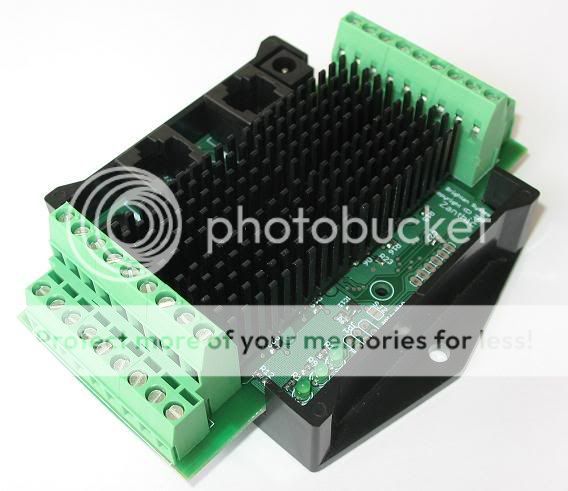Add three more doors!

Yes they are 12VDC. I am working hard at getting this whole system up on my web page and am hoping to have the initial info up over the next couple of days but here is the over all concept...
Each of the boards comes with a 500Kbps network built in, based on CAN (Controller Area Network) and you buy the hardware and then you can download the firmware that you want that configures the board to best fit your application. For example, a board might have 32 I/O pins and somebody might want 32 digital inputs and the next person wants 8 analog inputs, 16 digital inputs and 8 dimmer outputs. In the case of the H-Bridge board, you might want 4 H-bridge devices and use the 8 analog inputs for reading temperatures and not use any feedback to the H-bridge devices.
Configuration is done through the CAN bus with configuration software that runs on your PC. It does require an interface from USB to CAN which does add to the initial investment because the overall concept is to have a number of boards all networked together and the configuration software can connect to any board, or any device on a board and at any time download new firmware to change a boards "personality". Once a board (or boards) are configured, they can run stand alone and send commands across the network automatically. This means in your case, you could have a board in one room that has an infrared remote control that sends open/close commands to your door in another room. It also means you could add a board that includes an RS232 interface and control it through a home automation package (a driver for CQC exists and I am hoping to have others added)
As far as cost goes, I don't want to commit without having designed the board but it should be under $200 and possibly less than that.

